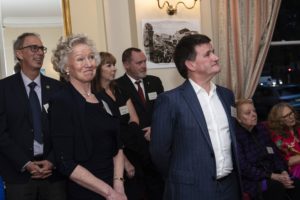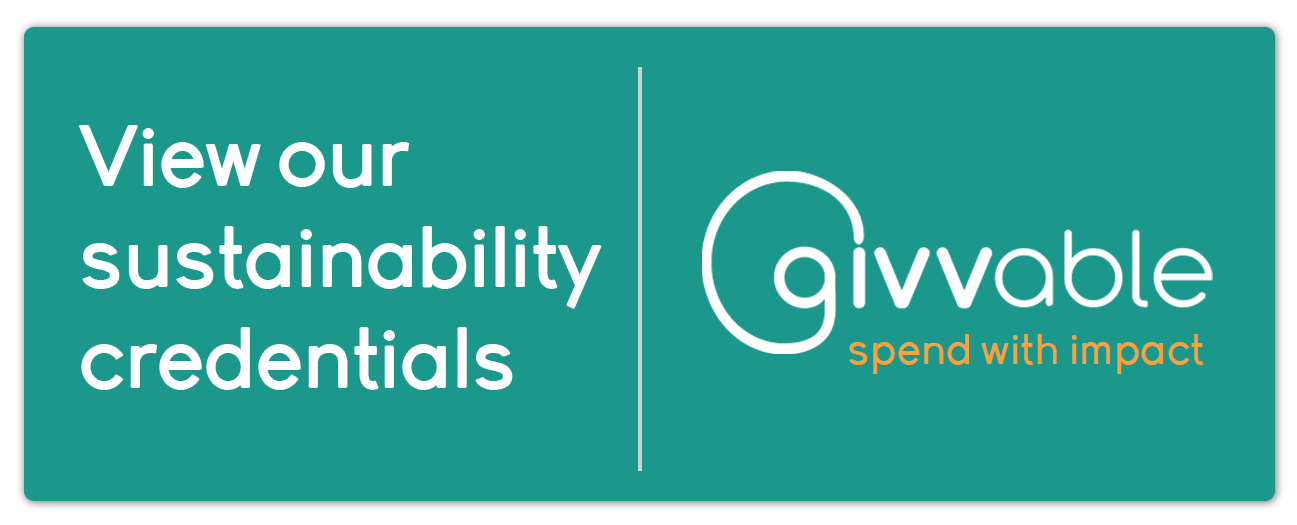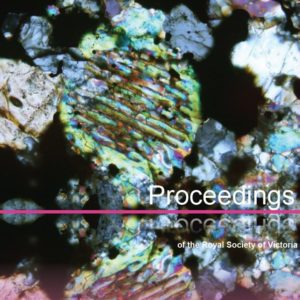Working adaptively with fire as a tool for ecological health can help us to prevent the extinction of flora species across Victoria’s ecosystems. Ella Plumanns Pouton (University of Melbourne/Deakin University) works to understand how fire regimes support different plants across their whole life cycle, providing a vital scientific foundation for fire management practices that respond to the unfolding global biodiversity crisis.
Feral deer are capable of increasing 35 to 50 percent each year in population. Peter Jacobs tells us “there is no short-term fix to mitigate deer impacts now that the population has been allowed to grow to over a million animals spread across the state.” But Victorians can still prevent the further spread of destructive invasive deer species to the rest of the Australian continent.
Prescribed burns are said to mimic First Peoples’ cultural burning practices, but Dr Philip Zylstra argues the use of fire in healing and managing Country is far more complex. Australia is wet enough for things to grow, and dry enough for them to burn. Animals and plants have adapted. And over millennia, First Peoples developed cooperative fire regimes.
It can take hundreds of years for plastic to degrade alone, but nature may already have answers to our problem. For some organisms, plastic debris offers a food source; for many others, a literal life raft. When 8 to 10 million metric tons of plastic end up in the ocean each year, some of it provides a home to entire biological communities.
Australia’s caves were formed over millions of years, and exploring them is a journey to a hidden underworld that holds many wonders. But caves and karst landforms need our protection. They house complex ecosystems, critical habitat for plants, animals, and micro-organisms which, in many cases, cannot survive elsewhere. The biggest threat is overuse from tourism – which builds positive awareness, but also damages their natural integrity.








